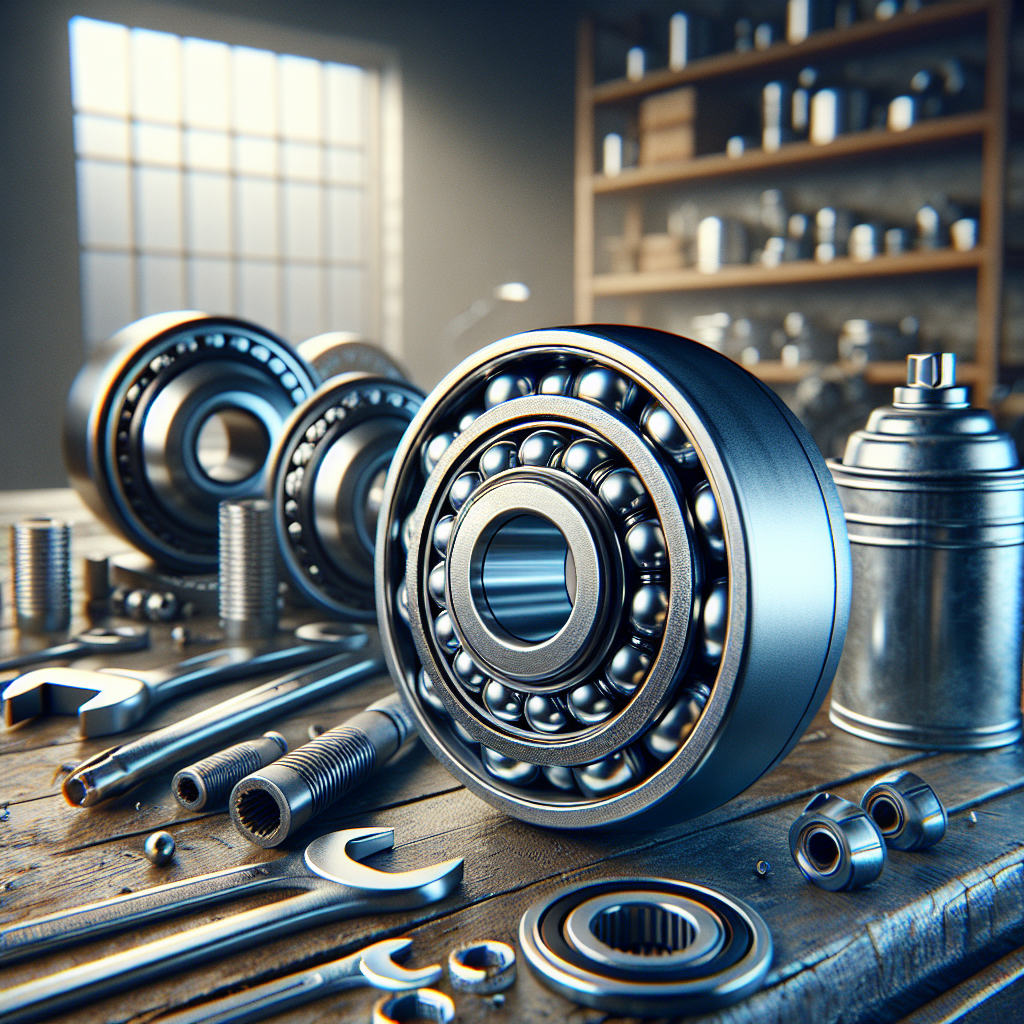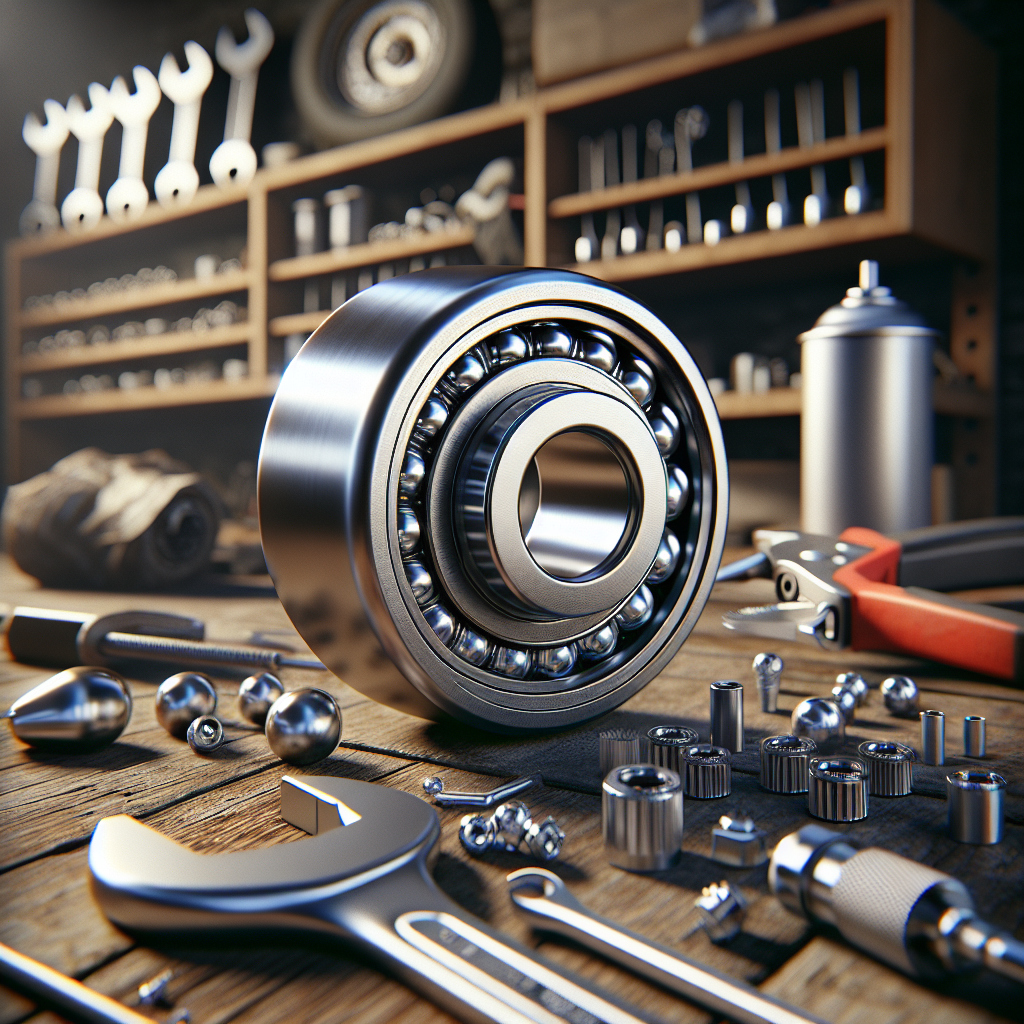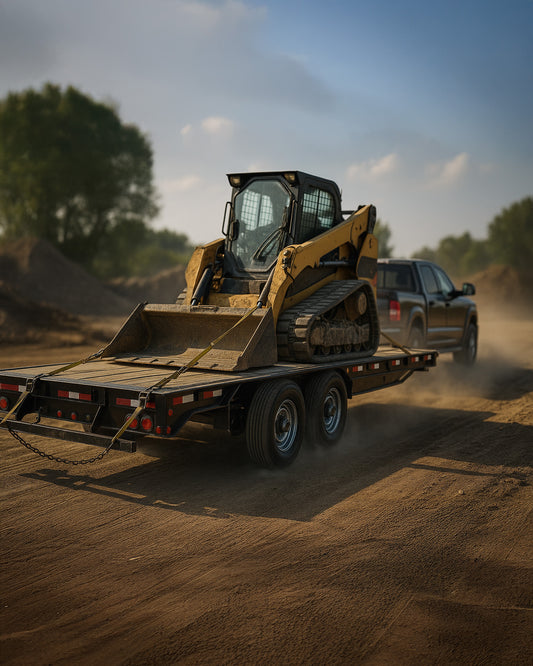

When it comes to maintaining your trailer, understanding the significance of wheel bearings is crucial. These small yet vital components play a key role in ensuring that your trailer wheels rotate smoothly and efficiently. Properly functioning wheel bearings not only enhance performance but also contribute significantly to safety during your travels.
Trailer wheel bearings are designed to support the weight of the trailer while allowing the wheels to spin freely. If they become worn or improperly adjusted, it can lead to several issues, including:
- Excessive Heat: Poorly adjusted bearings can generate excessive heat, leading to premature wear and potential failure.
- Increased Tire Wear: Worn bearings can cause misalignment, resulting in uneven tire wear and reduced lifespan.
- Safety Hazards: If a bearing fails while on the road, it can lead to catastrophic situations, including loss of control over the trailer.
To prevent these issues, regular inspection and adjustment of your trailer wheel bearings are essential. By understanding their importance, you can take proactive measures to keep your trailer in optimal condition. Tow with peace of mind, knowing that trailerwatchdog is standing guard. For more information on maintaining your trailer's safety and performance, visit trailerwatchdog.com.
Tools and Equipment Required for Adjustment
Adjusting trailer wheel bearings requires the right set of tools and equipment to ensure the job is done efficiently and effectively. Having everything you need on hand not only saves time but also enhances safety during the adjustment process. Here’s a comprehensive list of essential tools and equipment:
- Socket Wrench Set: A variety of socket sizes is necessary to remove and secure the wheel hub and bearing components.
- Torque Wrench: This tool ensures that you apply the correct amount of torque when tightening the wheel bearings. Proper torque is crucial to avoid over-tightening or under-tightening.
- Grease Gun: A grease gun is essential for applying lubricant to the bearings, which helps reduce friction and heat during operation.
- Cleaning Supplies: Brake cleaner, rags, and wire brushes are important for cleaning the bearing surfaces and wheel hub before reassembly.
- Jack and Jack Stands: A reliable jack allows you to lift the trailer safely, while jack stands provide stability during the adjustment process.
- Bearing Packer: This tool helps ensure that the bearings are adequately packed with grease for optimal performance.
Having the right tools not only simplifies the adjustment process but also enhances the overall safety and reliability of your trailer. Make sure to gather these tools before you begin working on your trailer wheel bearings for a smoother adjustment experience.
Step-by-Step Guide to Adjust Trailer Wheel Bearings

Adjusting trailer wheel bearings is a critical maintenance task that enhances your trailer's performance and safety on the road. Here's a step-by-step guide to help you confidently adjust your trailer wheel bearings:
- Prepare Your Trailer: Start by parking your trailer on a level surface. Engage the parking brake and chock the wheels to prevent movement.
- Lift the Trailer: Using a jack, lift the trailer to a comfortable working height. Secure it with jack stands to ensure stability.
- Remove the Wheel: Loosen the lug nuts with a socket wrench and remove the wheel to access the hub and bearings.
- Inspect the Bearings: Remove the dust cap and cotter pin (if applicable). Then, take out the bearing and inspect it for wear and damage. Replace if necessary.
- Clean the Components: Clean the bearing and hub using brake cleaner and a rag. Make sure all debris and old grease are removed.
- Pack the Bearings: Use a bearing packer or your fingers to apply fresh grease to the bearings thoroughly. Ensure they are fully packed to avoid overheating.
- Reassemble the Hub: Reinsert the bearing into the hub and secure it with a new cotter pin. Replace the dust cap carefully.
- Reattach the Wheel: Place the wheel back onto the hub, hand-tighten the lug nuts, and then use a torque wrench to tighten them to the manufacturer's specifications.
- Lower the Trailer: Carefully remove the jack stands and lower the trailer back to the ground.
Following these steps diligently ensures that your trailer wheel bearings are properly adjusted, contributing to a safer towing experience.
Protect your trailer
Common Mistakes to Avoid When Adjusting

When it comes to adjusting trailer wheel bearings, avoiding common pitfalls is crucial for ensuring optimal performance and safety. Here are some frequent mistakes to be aware of:
- Neglecting to Clean Components: Failing to thoroughly clean the bearings and hub can lead to contamination and premature wear. Always ensure that all old grease and debris are removed before repacking.
- Over-Packing Bearings: While it’s essential to pack bearings with grease, over-packing can lead to excessive heat buildup. This can cause the grease to break down and lead to bearing failure.
- Improper Torque Settings: Under-torquing or over-torquing lug nuts can cause significant issues. Always use a torque wrench and adhere to the manufacturer's specifications to avoid damaging the wheel or bearings.
- Ignoring Signs of Wear: If you notice unusual noises, excessive heat, or vibration during towing, don’t ignore these signs. They often indicate that adjustments or replacements are necessary.
- Forgetting to Inspect Other Components: Focusing solely on the bearings can lead to overlooking other crucial parts, such as brakes and tires. Always conduct a thorough inspection during maintenance.
- Skipping Regular Maintenance: It's easy to forget about regular checks, but neglecting maintenance can result in severe issues over time. Schedule regular inspections to ensure everything is in working order.
By being aware of these common mistakes, you can effectively adjust trailer wheel bearings and maintain your trailer’s safety and performance.
Signs You Need to Check Your Wheel Bearings

Understanding when to check your trailer wheel bearings is essential for safe towing and preventing potential failures. Here are some key signs you need to check your wheel bearings:
- Unusual Noises: If you hear grinding, squeaking, or rumbling sounds coming from your wheels, it could indicate worn or damaged bearings. These noises often become more pronounced when turning or accelerating.
- Excessive Heat: After towing, carefully touch the wheel hub. If it feels excessively hot compared to the others, it may signal a problem with the bearings. Overheating can lead to grease breakdown and bearing failure.
- Vibration or Wobbling: If you experience noticeable vibrations or wobbling while driving, it could be due to loose or failing bearings. This not only affects the trailer's stability but can also compromise safety.
- Tire Wear: Uneven tire wear, particularly on one side, can be an indication that your wheel bearings are not functioning correctly. Regularly check your tires for any signs of abnormal wear patterns.
- Play in the Wheel: If you can wobble the wheel back and forth when it’s lifted off the ground, this play may indicate loose bearings. Properly adjusted and maintained bearings should not have any noticeable play.
- Grease Leakage: If you notice grease leaking from the hub, it's a clear sign that the seals may be damaged, which can lead to bearing failure. Inspect and replace seals as necessary.
Paying attention to these signs will help you maintain your trailer's wheel bearings and ensure a safer towing experience.
Maintaining Your Trailer for Longevity

To ensure your trailer serves you well for many years, proper maintenance is crucial. Regular care not only enhances performance but also significantly extends the life of your trailer. Here are essential tips for maintaining your trailer for longevity:
- Regular Inspections: Schedule routine checks on your trailer's components, including tires, brakes, and wheel bearings. Early detection of issues can prevent costly repairs and ensure safety.
- Keep it Clean: Regularly wash your trailer to remove dirt, mud, and salt that can cause corrosion. Pay special attention to the undercarriage where grime often accumulates.
- Lubricate Moving Parts: Ensure all moving parts, including wheel bearings and hinges, are well-lubricated. This reduces friction, preventing premature wear and tear.
- Check Tire Pressure: Maintain proper tire pressure to improve fuel efficiency and reduce the risk of blowouts. Inspect tires for any signs of wear and rotate them regularly.
- Store Properly: When not in use, store your trailer in a dry, sheltered location. Cover it to protect against weather elements that can accelerate deterioration.
- Monitor Electrical Systems: Regularly inspect the wiring and lighting systems to ensure all are functioning properly. This helps prevent accidents due to malfunctioning lights.
By following these maintenance tips, you can ensure that your trailer remains in optimal condition, providing you with a reliable towing experience for years to come. Tow with peace of mind, knowing that trailerwatchdog is standing guard. Visit trailerwatchdog.com for our advanced monitoring solutions that keep your trailer safe!




